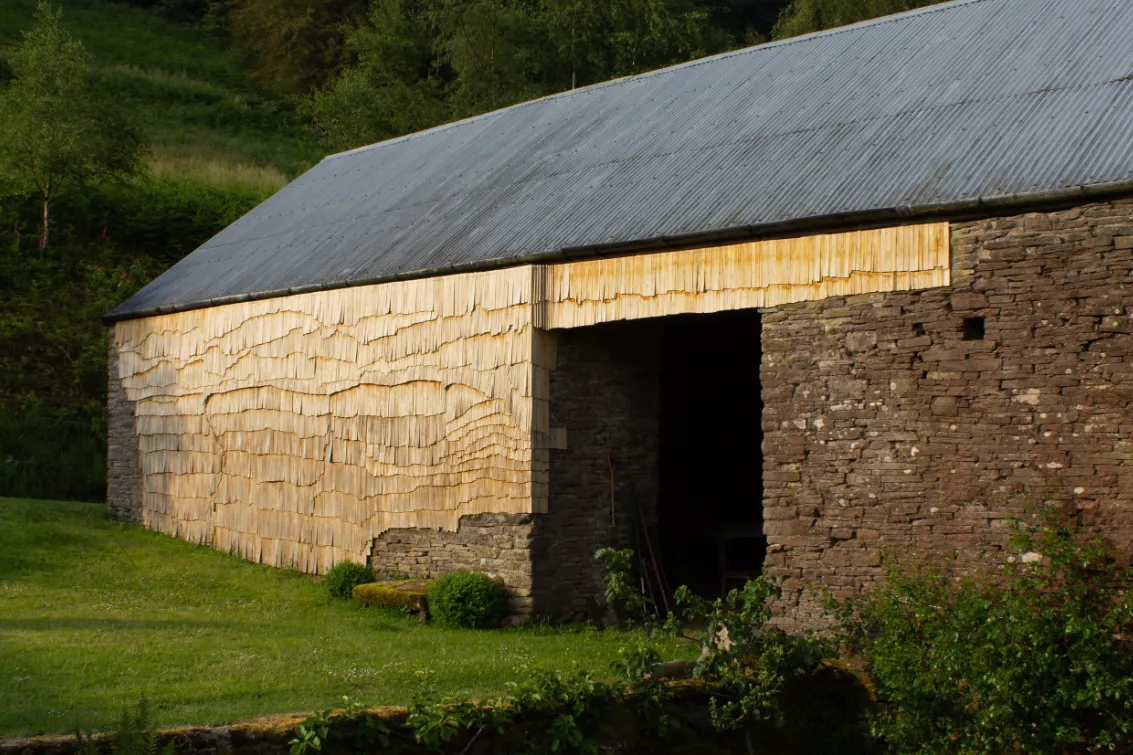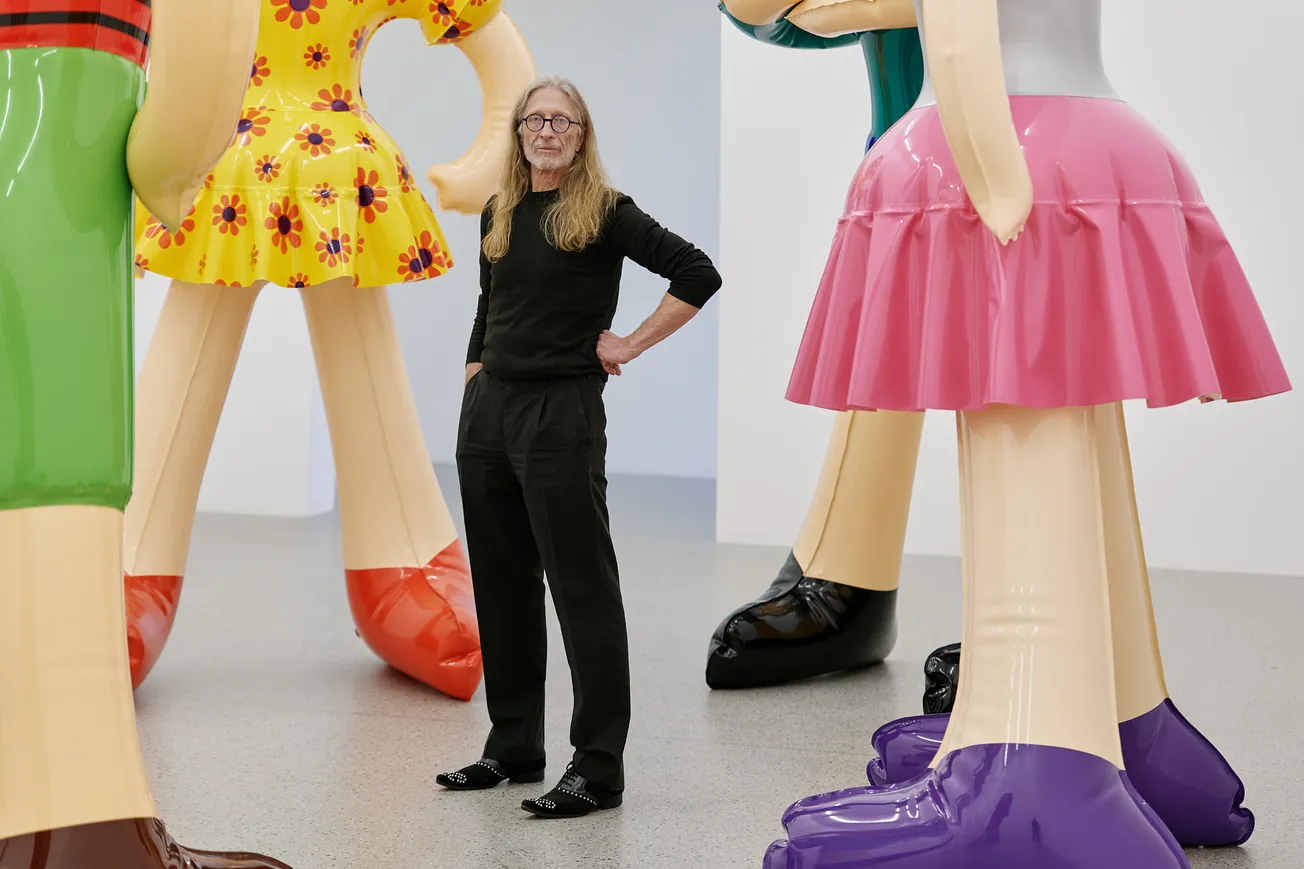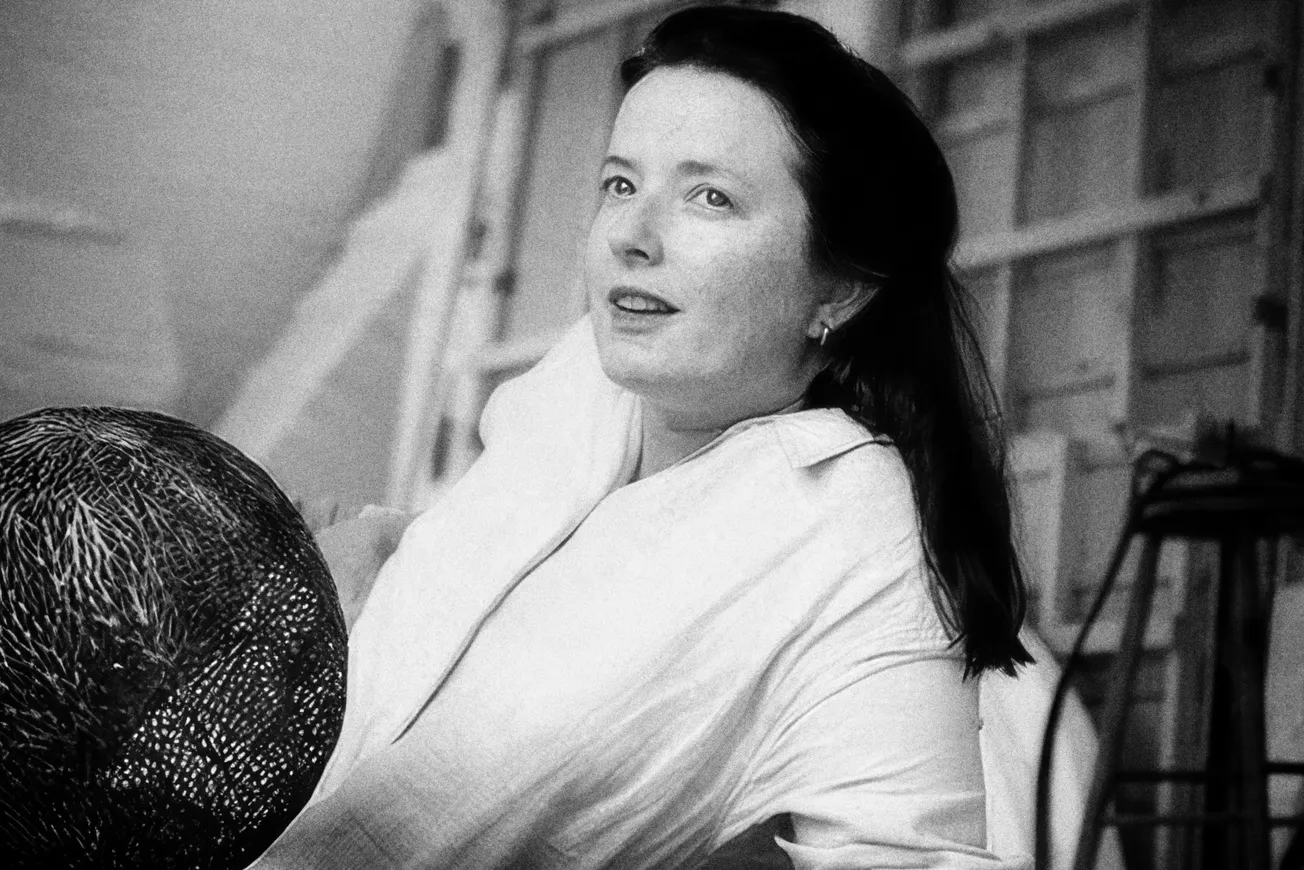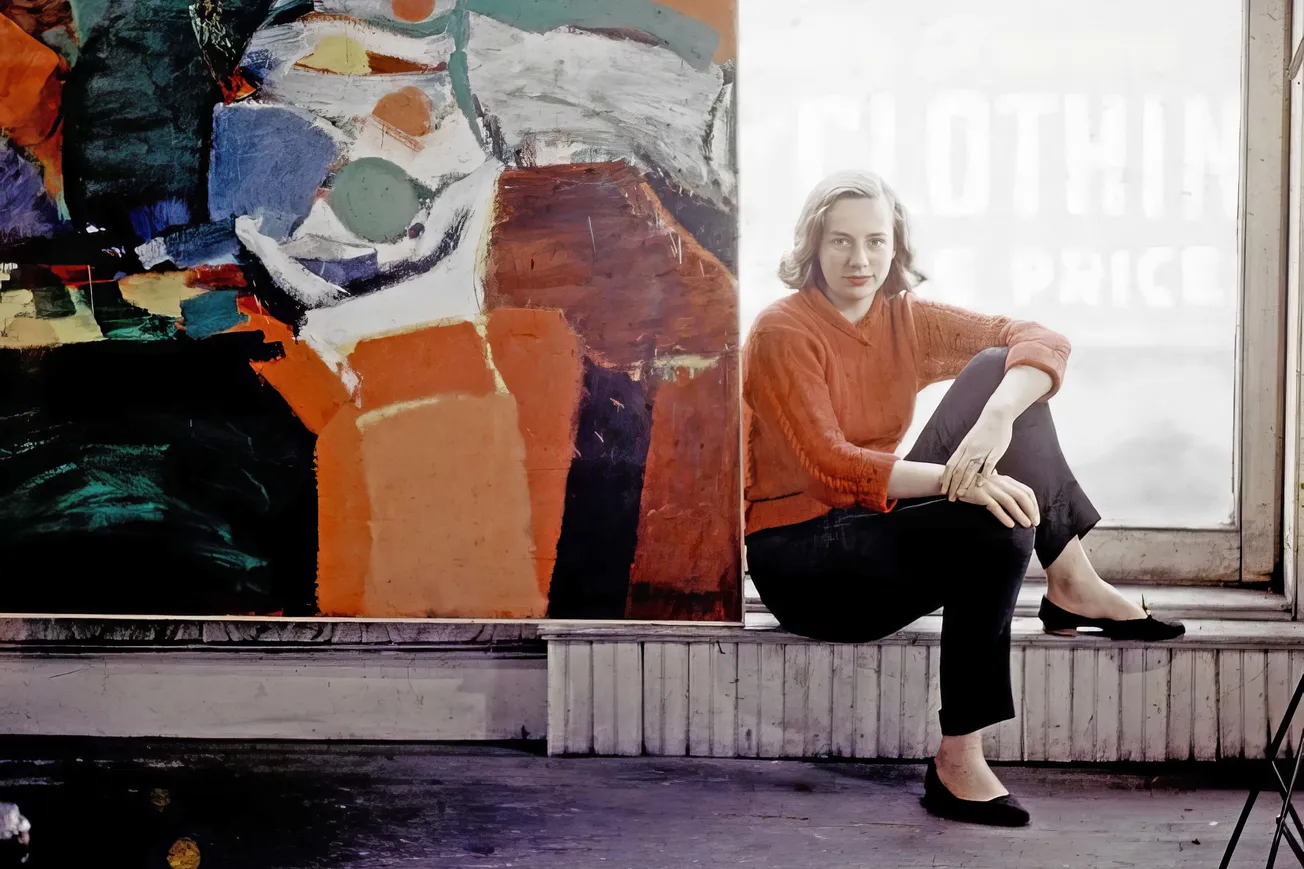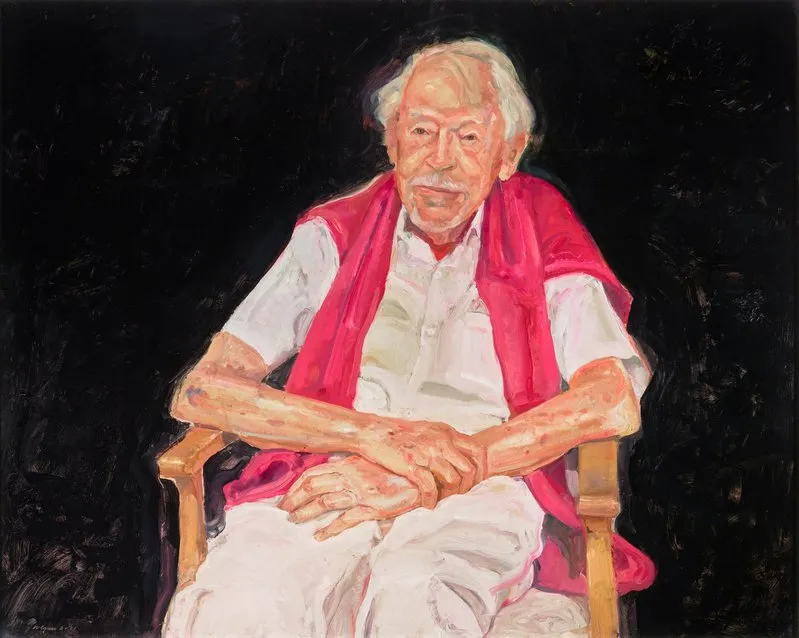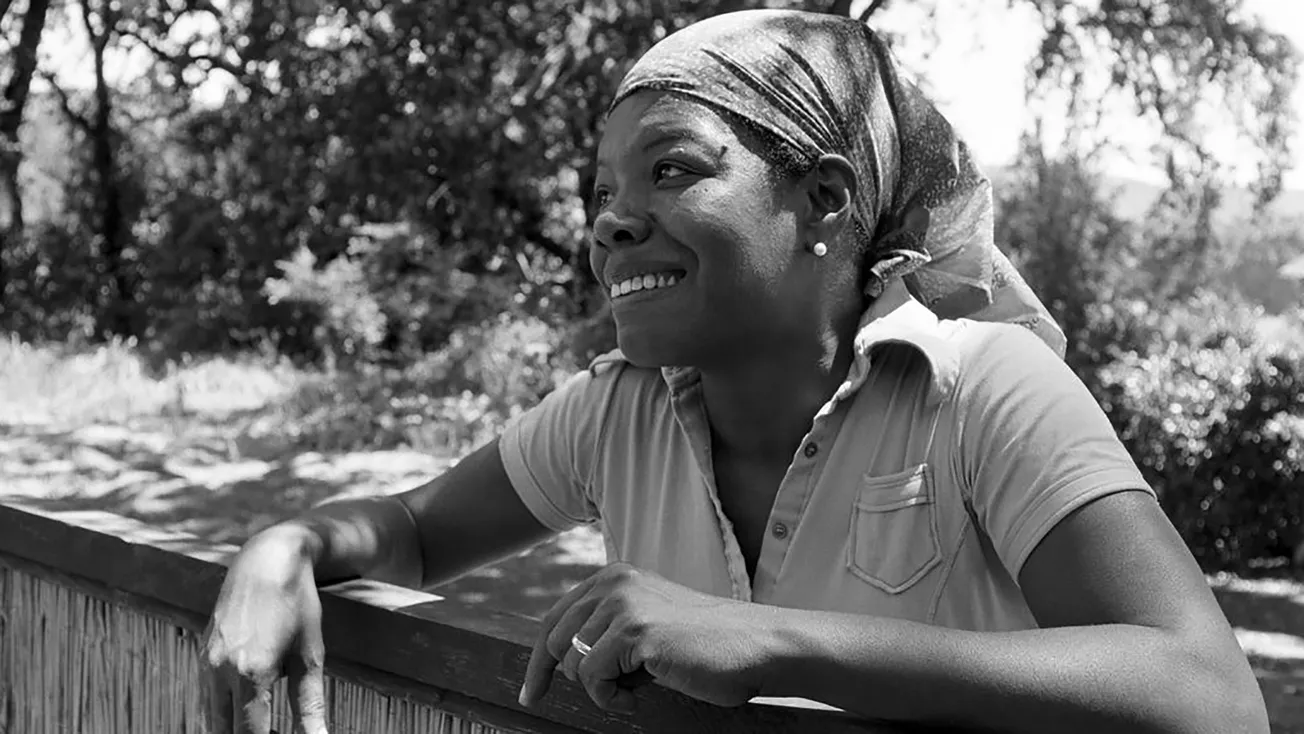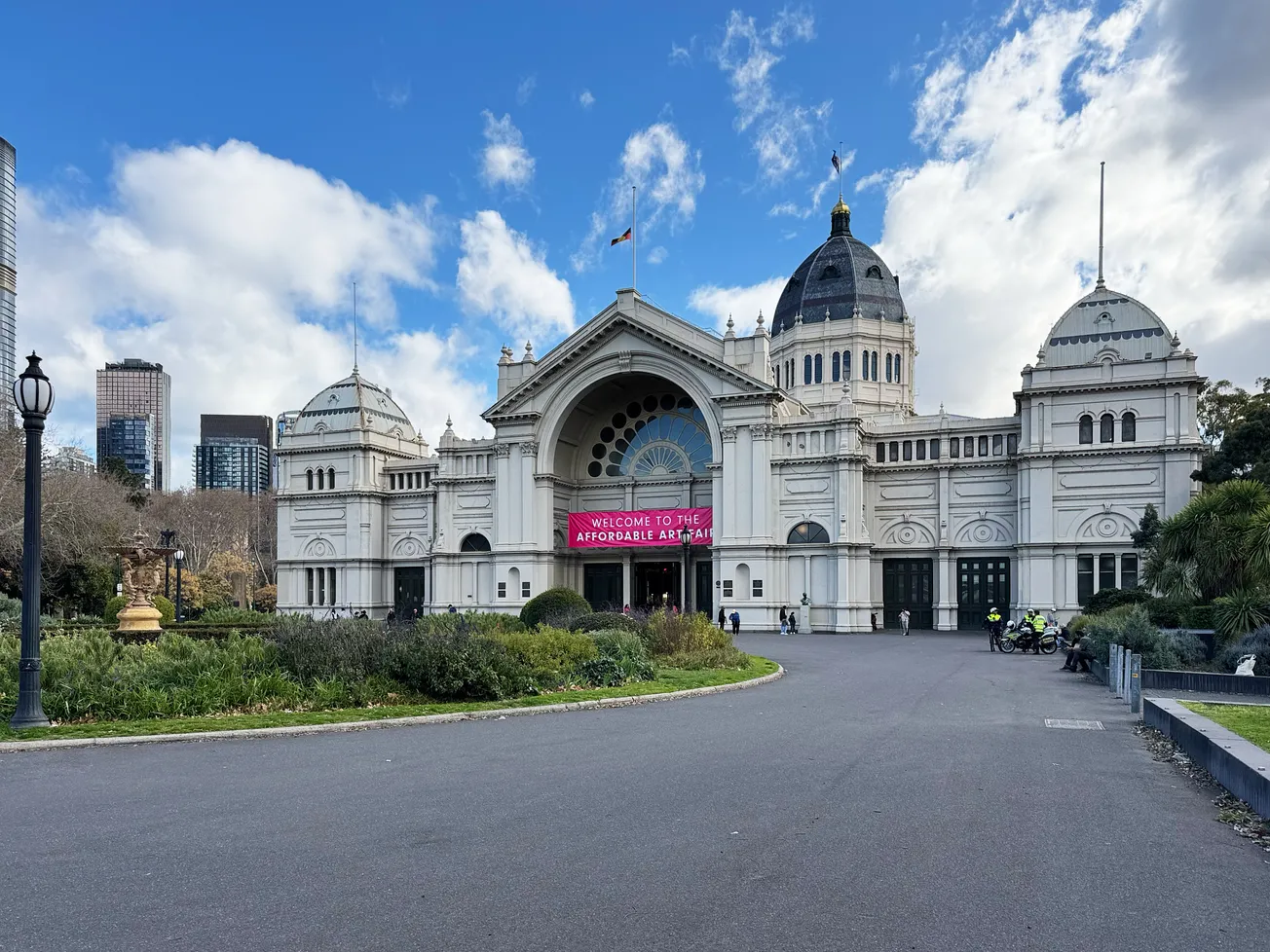Table of Contents
Sometimes, the most impressive art comes from materials others overlook. Wycliffe Stutchbury proves this by transforming discarded wood into intricate, mesmerising pieces. His work takes weathered timber and turns it into something ancient and new. Instead of striving for perfection, he highlights the cracks, grain, and rough edges, letting nature shape his creations.
An unexpected path to a unique style
At first, Wycliffe Stutchbury trained as a furniture maker. But his interest shifted when he noticed the beauty of old, worn-out roofing battens. Instead of discarding them, he began cutting the wood into shingles and arranging them like a giant puzzle. Over time, he developed a signature style combining craftsmanship, nature, and storytelling.
One of his most impressive projects is The Craig, a 17th-century stone barn in Abergavenny, Wales. He covered the entire structure in hand-cut English oak shingles, using only fallen branches from the surrounding forest. No trees were cut, and no wood was wasted. The result is a building that looks like it has grown straight from the land.
Listening to nature, not controlling it
What makes Wycliffe Stutchbury’s work stand out is his approach. He doesn’t force the wood into a specific shape. Instead, he listens to it. He calls himself an “editor of nature,” highlighting the natural knots, cracks, and colour variations instead of hiding them.
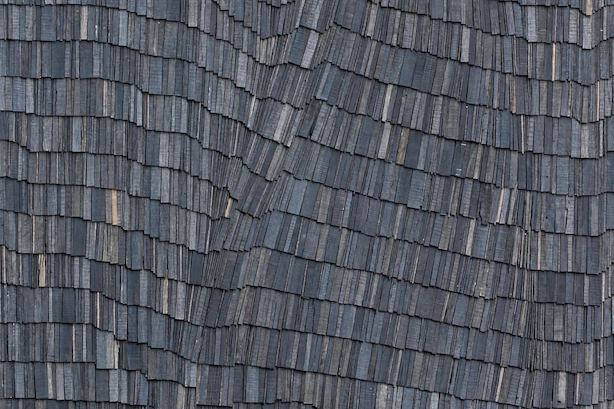
His piece Hundred Foot Drain 15 (2024) is a perfect example. This abstract composition, measuring 180 x 80 cm, was made from excavated bog oak—a wood that has been preserved underground for thousands of years. Instead of smoothing it into something modern, Stutchbury allows the history of the material to speak for itself.
Art and Sustainability Go Hand in Hand
In a world focused on fast production and disposable goods, Wycliffe Stutchbury offers a different perspective. His art shows that we don’t always need new materials. Sometimes, we just need to look at what’s already around us.
At a time when conversations about climate change and conservation are more important than ever, his work demonstrates a powerful message. By repurposing discarded wood, he blends creativity with sustainability, proving that art and environmental responsibility can go together.
A Refreshing Alternative to Mass Production
In a digital age filled with AI-generated images and mass-produced art, Wycliffe Stutchbury’s work feels deeply human. His pieces take time, patience, and a deep appreciation for natural materials. Unlike instant, machine-made creations, his art carries history, texture, and a connection to the land.
Why Wycliffe Stutchbury’s Work Matters
His art challenges the way we think about waste and beauty. He reminds us to slow down, pay attention, and see value in materials others might discard. Whether it’s an old wooden panel, a fallen branch, or a forgotten barn, he finds potential where others see waste. Whilst it is beautiful, this isn't his main aim. Stutchbury wants to change the way we see the world.

